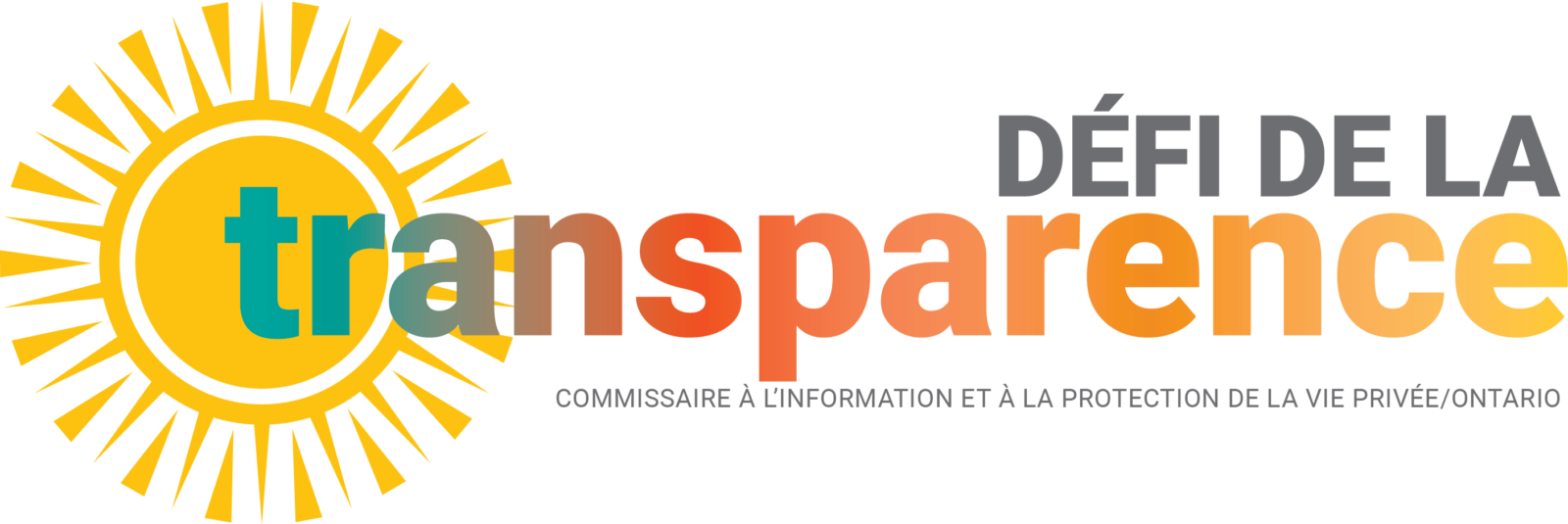
Computer chips are the foundation of communication. This original artwork mimics the lines of electronic circuits, the conduits of the sharing of information through the veins of our technology. The artist is greatly influenced by the Bauhaus and punk zine eras in their artistic practice.
Original artwork by Aedán Crooke, on loan to the Information Privacy Commissioner of Ontario. The piece is copyrighted by the artist and is not permitted for use outside this website or project.
City of Brampton
Access Request Indexes published online show how and what records are released publicly under access laws
The City of Brampton’s Access Request Indexes makes details readily available online about how the city responds to each access to information request it receives.
The City of Brampton posts detailed information online about the access to information requests it receives under the Municipal Freedom of Information and Protection of Privacy Act (MFIPPA).
The city receives access to information requests on a range of topics, from city expenses to municipality-issued tickets, and all requests are treated equally. For each one, the city’s Access and Privacy team creates an index that includes a summary of the request, a breakdown of responsive records by page number, details on the applicable sections of the law, the type of access granted, and any additional comments. Before they upload the index, to protect privacy, they ensure the records contain no personal information. The city’s Archive of Access Requests web page provides an online summary of each request and then hyperlinks to the related records in the index. This gives the public a window into the access requests the city receives and how each one is treated.
Among the many benefits, Brampton’s Archive of Access Requests increases people’s awareness of freedom of information rights and the kind of information they have a right to see. It also enables them to exercise those access rights. Seeing what has already been released helps inform requesters’ decisions to submit requests. City staff can learn about trends in volume and the kind of government information the public is interested in. The approach also helps keep the City of Brampton accountable for releasing records publicly.
A requirement under federal access legislation, posting details about access to information requests online is not yet done by all those subject to Ontario’s access laws – the City of Brampton is an exception. It is, however, a best practice in open government and an excellent proactive transparency initiative that benefits the public and government.



